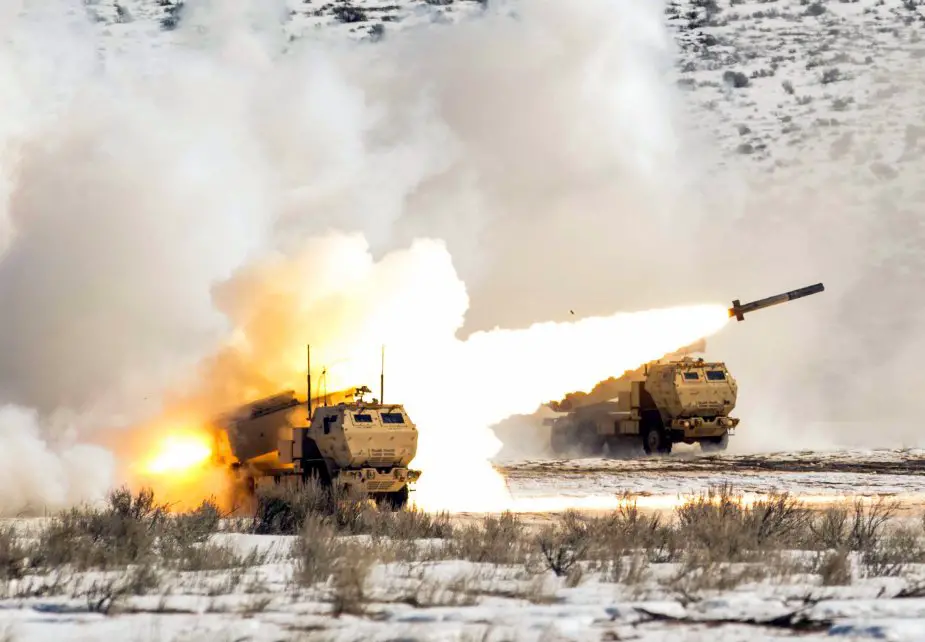US Army: second phase of Multi Domain Task Force pilot headed to Europe
After recent testing of multi-domain operations in the Pacific, the Army now plans to expand its future warfighting concept to Europe this coming fiscal year. Sean Kimmons, Army News Service, reports.

Soldiers with the 17th Field Artillery Brigade fire a High Mobility Artillery Rocket System at Yakima Training Center, Wash., Feb. 28, 2017. The brigade served as the foundation of a Multi-Domain Task Force pilot in the Pacific theater. The 41st Field Artillery Brigade is now expected to be used in a similar capacity in Europe this coming fiscal year. (Photo Credit: U.S. Army / Sgt. Jacob Kohrs )
As part of the second phase of the Multi-Domain Task Force pilot program, a new specialized unit with the 41st Field Artillery Brigade as its foundation will experiment with capabilities in Europe. "We learned in the Pacific and we're now applying that same framework, methodology, structure in Europe," said Lt. Gen. Joseph Anderson, the Army's deputy chief of staff, G-3/5/7.
The first Multi-Domain Task Force, or MDTF, had the 17th Field Artillery Brigade as the fires headquarters that integrated with an intelligence, cyber, electronic warfare and space detachment. The Army tested that task force earlier this year during exercises, such as the Rim of the Pacific exercise. In that exercise, the fires brigade worked in Hawaii under a U.S. naval commander and with the Japan Ground Self-Defense Force to help sink a decommissioned ship with its High Mobility Artillery Rocket System. "That was a huge step forward," Anderson said Wednesday during an interoperability panel at the Association of the U.S. Army's annual meeting. "That will continue to inform those multi-domain efforts as they move into Europe."
Last year, Army Chief of Staff Gen. Mark A. Milley directed the Army to develop plans to build up MDTFs designed to counter an adversary's anti-access/area denial, or A2AD, capability. A task force would do this by employing organic, joint and multi-national capabilities in all domains: air, sea, land, space, and cyber, as well as information operations and the human domain. A key component of the task force pilot has also been long-range precision fires, one of the Army's top modernization priorities.
In June, Gen. Robert B. Brown, commander of U.S. Army Pacific, said the size of the task force in his theater could be up to 2,200 personnel, with a core of about 500 to 800 permanently assigned to it. To advance interoperability efforts, he also noted the task force is expected to lead an upcoming Pacific Pathways rotation for the first time next year, with possible stops in Japan and Australia.
Australian Maj. Gen. Kathryn Toohey, head of the Australian army's land capability, stressed that multi-domain operations should not forget the human aspect. She said the human domain has significant potential to address shortcomings in other domains. "Despite all of our technical advances, the profession of arms remains an inherently human one," she said at Wednesday's panel. "Whether at peace, in competition or conflict, humans wage war, not machines. Similarly, humans make peace. They support others in times of need and work together in periods of competition to shape or set conditions for the achievement of mutual interests."
Similar to plans in the Pacific, Anderson expects the newest task force in the pilot to also participate alongside allies in European exercises. "As this capability gets introduced, established and capable, it will be part of the exercise plan in Europe," he said.




























